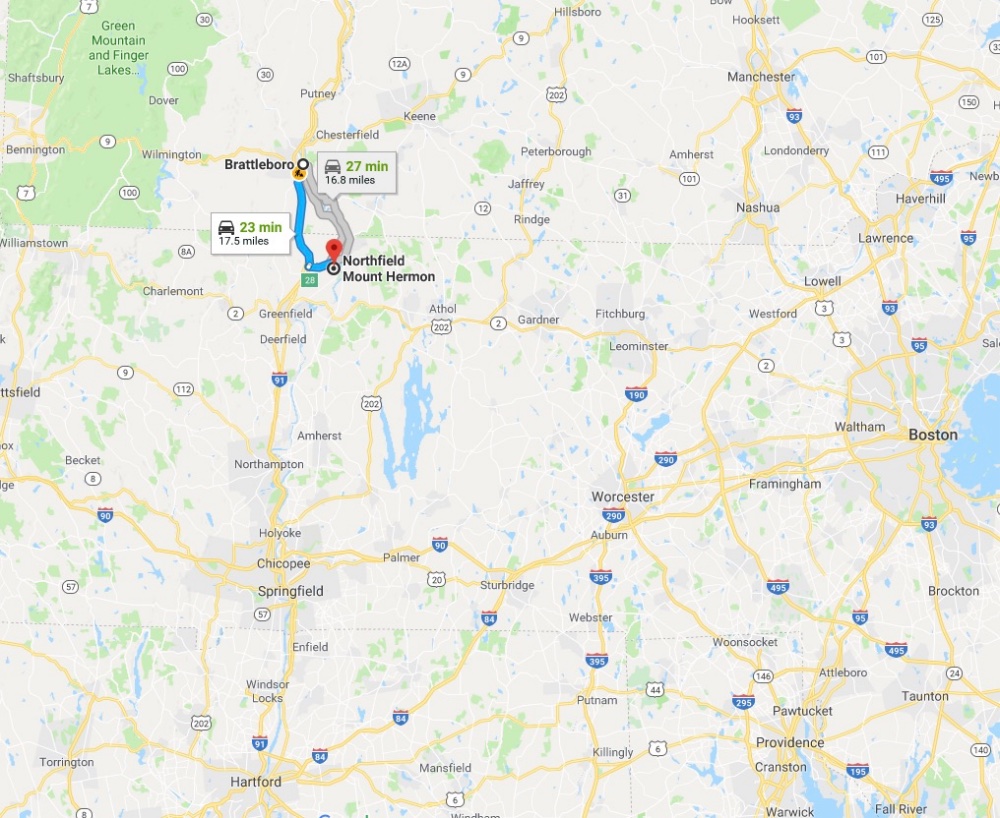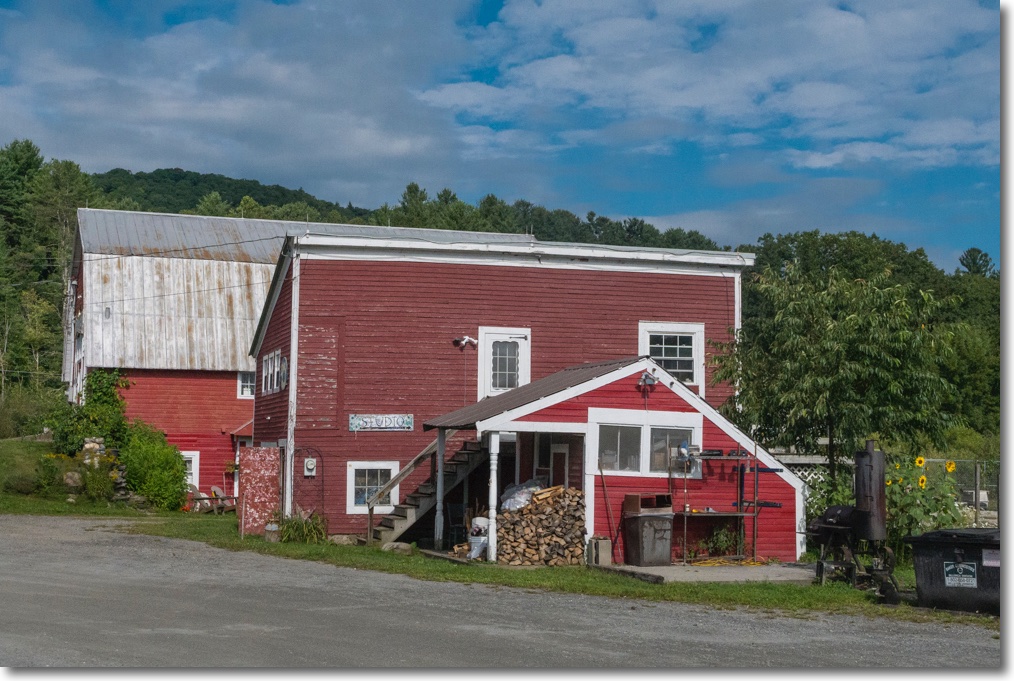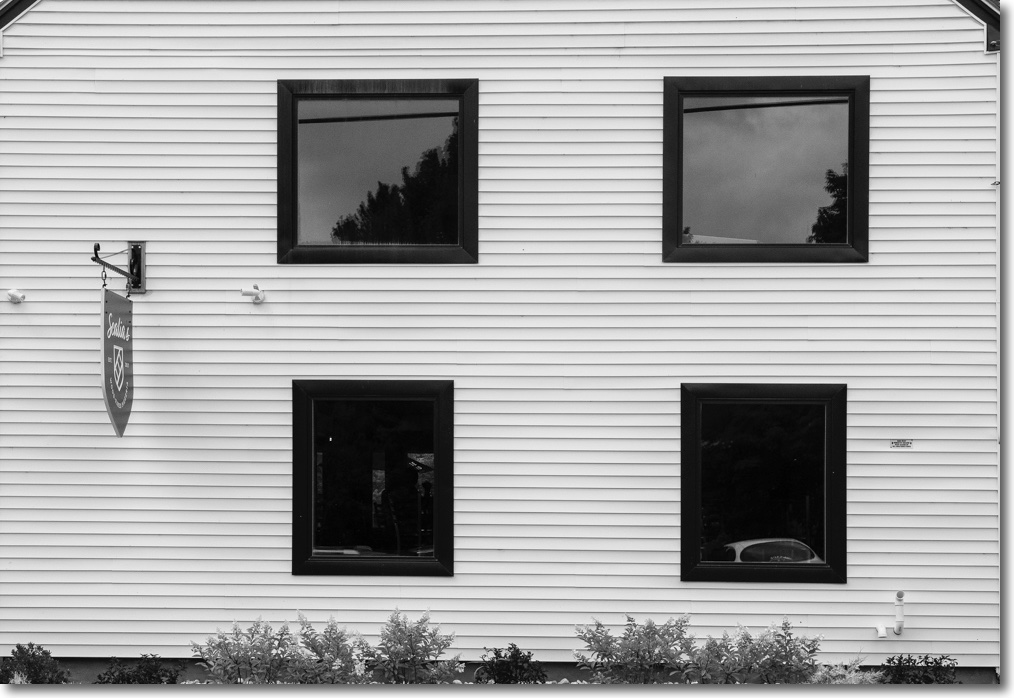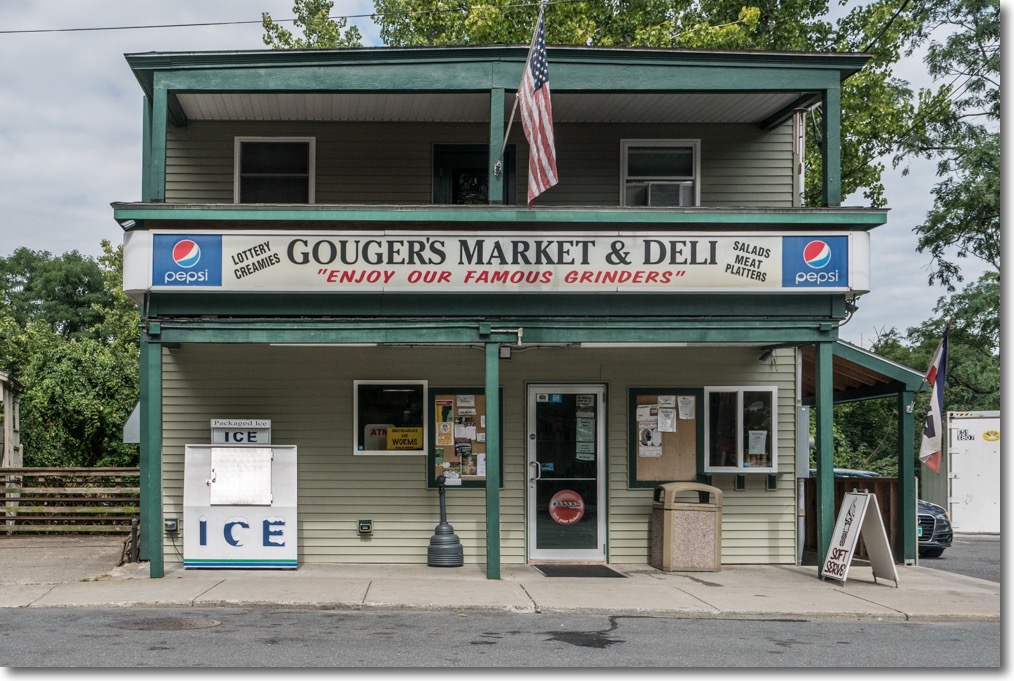At Amherst College.
For an alphabetical index of the New England College series of pieces, click here.
Unlike its public school neighbor across the road – U Mass Amherst with some 30,000 students – Amherst College is small at 2,000 and private. It is rivaled only by Colgate for the beauty of its setting.
Like many of the great private colleges in New England, Amherst boasts a superb art collection, most pieces donated by successful alumni. The small display space in Amherst’s Mead Art Museum can house maybe 200 items, and does not do the collection of 8,000 pieces justice.
As Amherst College is but 30 minutes south of Northfield Mount Hermon, my son’s prep school, I always try to drop by when in Massachusetts to check out their latest exhibition.
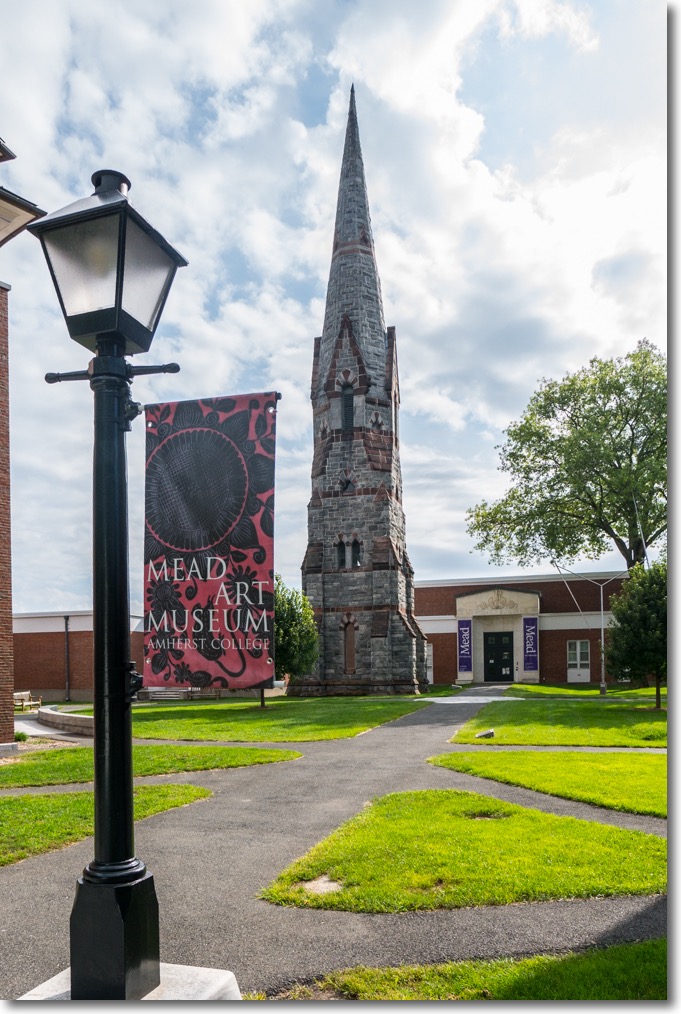
The entrance to the Museum, with Stearns Steeple at left. The steeple is mercifully
the last remnant of the College’s religious origins. Religion should have no rôle in education.
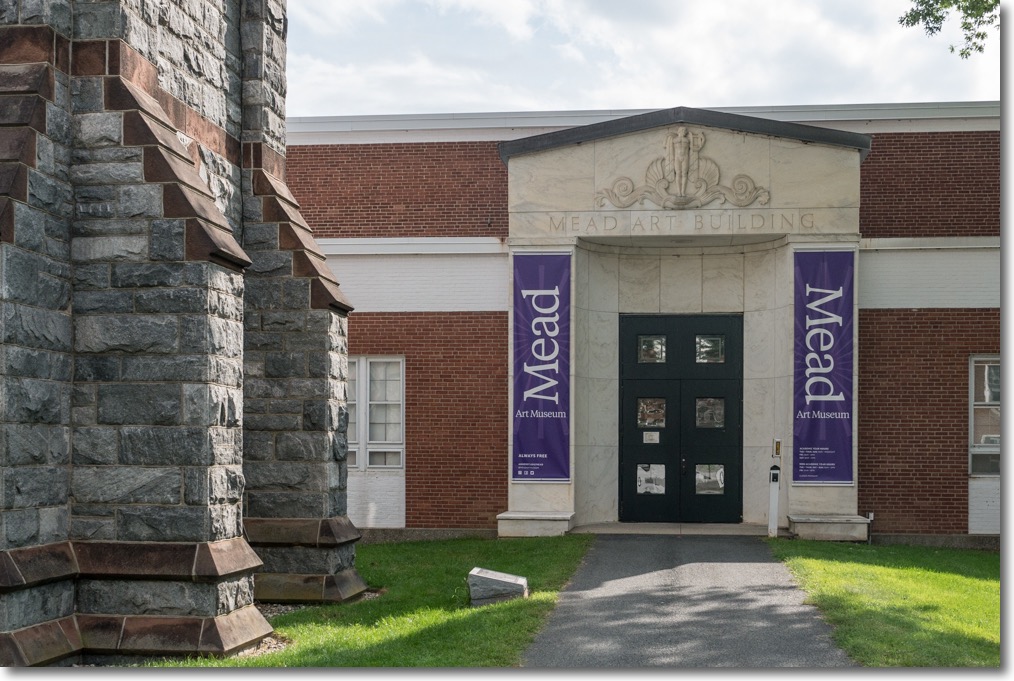
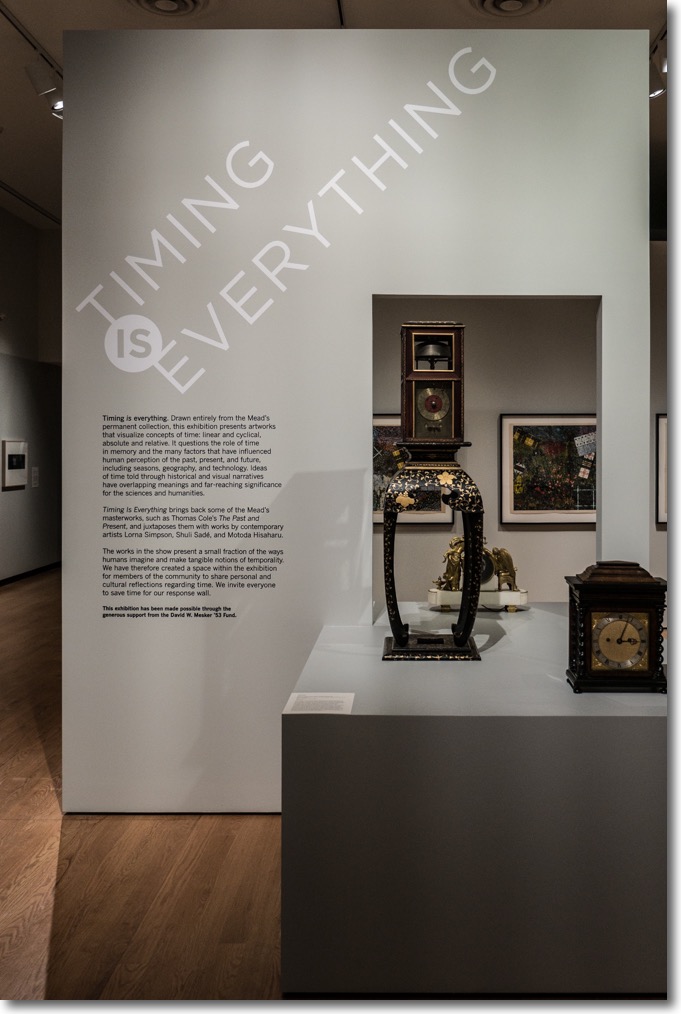
The entrance piece for the ‘Time is Everything’ exhibition.
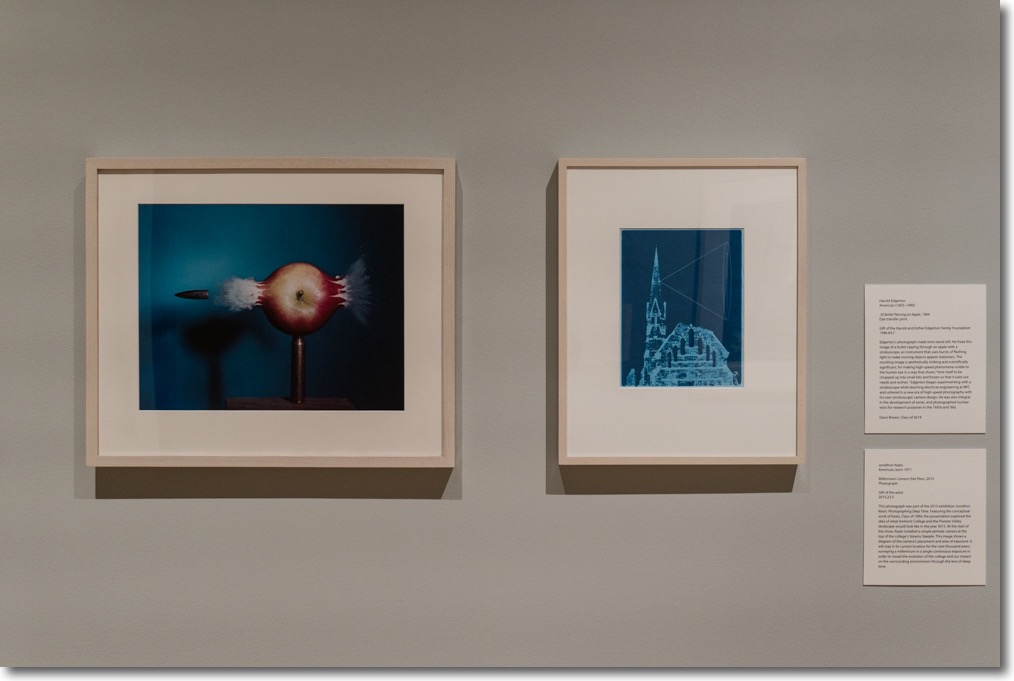
Harold Edgerton’s famous 1964 image from his MIT days shows a bullet passing through an apple.
When a student at University College, London in 1976 I used his exact technique to determine
the speed of high speed grit particles impacting and eroding polymers, the subject of my senior dissertation.
It’s quite likely I used a stroboscope from the same manufacturer, America’s Perkin-Elmer.
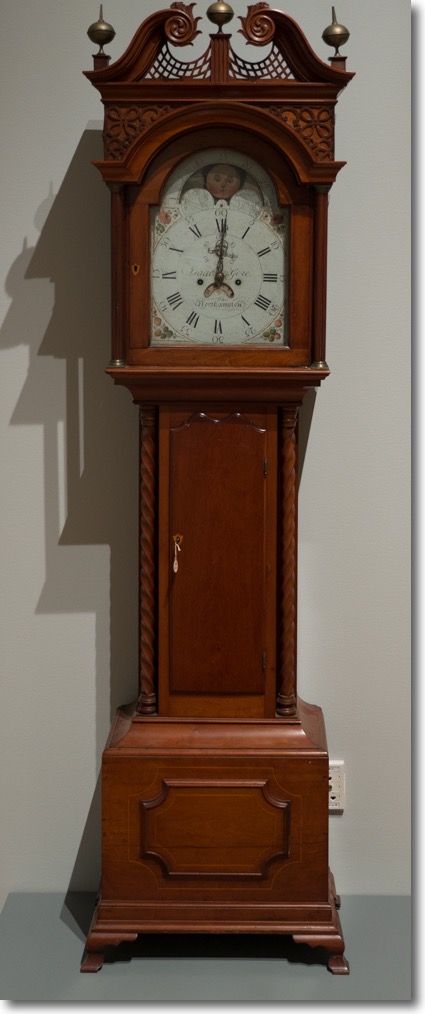
Time has many manifestations. This magnificent grandfather clock by Isaac Gere dates form the 1794/95.
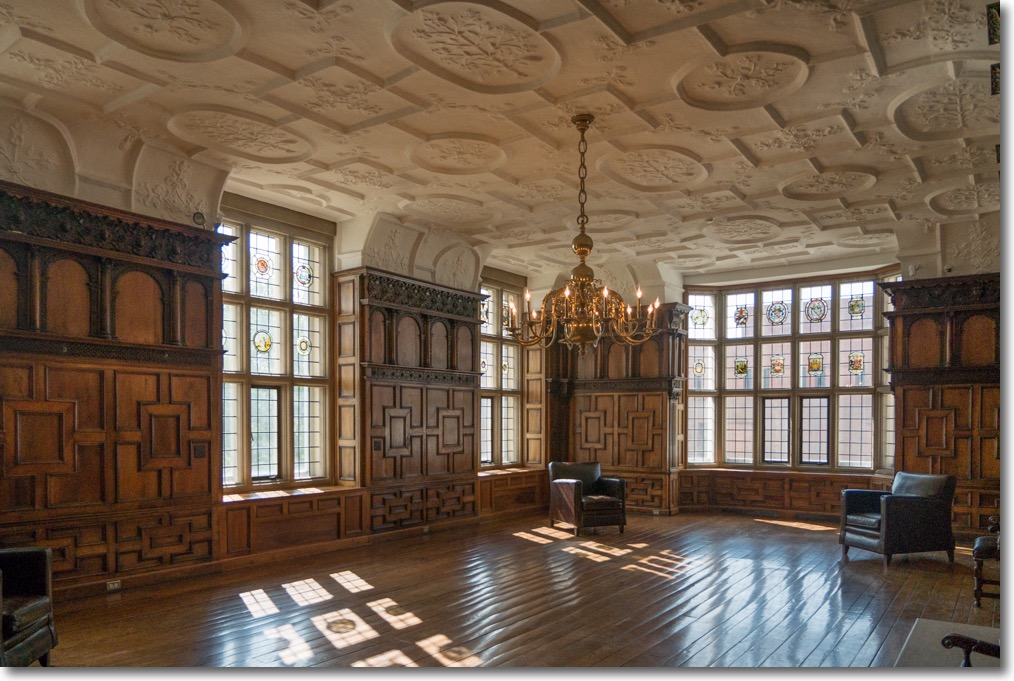
The Mead’s meeting room is beyond spectacular.
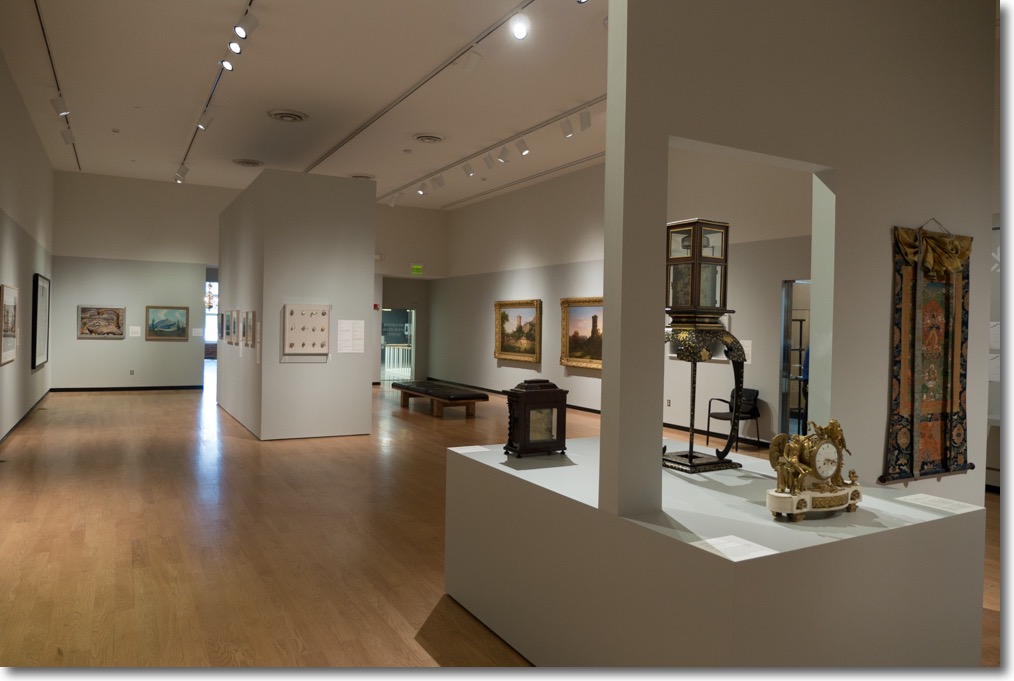
Another view of the ‘Time’ exhibition.

“Fragmented Identities: The Gendered Roles of Women in Art Through the Ages” is a small side show.
The painting at left with the idealized image of the young woman is by William-Adolphe
Bouguereau (‘Boo-zhou-row’), a 19th century academic painter much beloved by the Victorians whose
awfulness is now enjoying a serious renaissance for reasons lost on me.
The Mead changes its exhibits about every semester and is always worth a visit. As for Amherst College, it ranks up there with Williams, also in MA, for academic excellence. Many aver it’s as good as or better than anything the eight Ivy League schools (Harvard, Princeton, Yale, Brown, Columbia, Cornell, Dartmouth and Penn) offer. The beauty of the setting alone is worth a few points on your ACT score.
Panny GX7, 12-35mm pro zoom.
